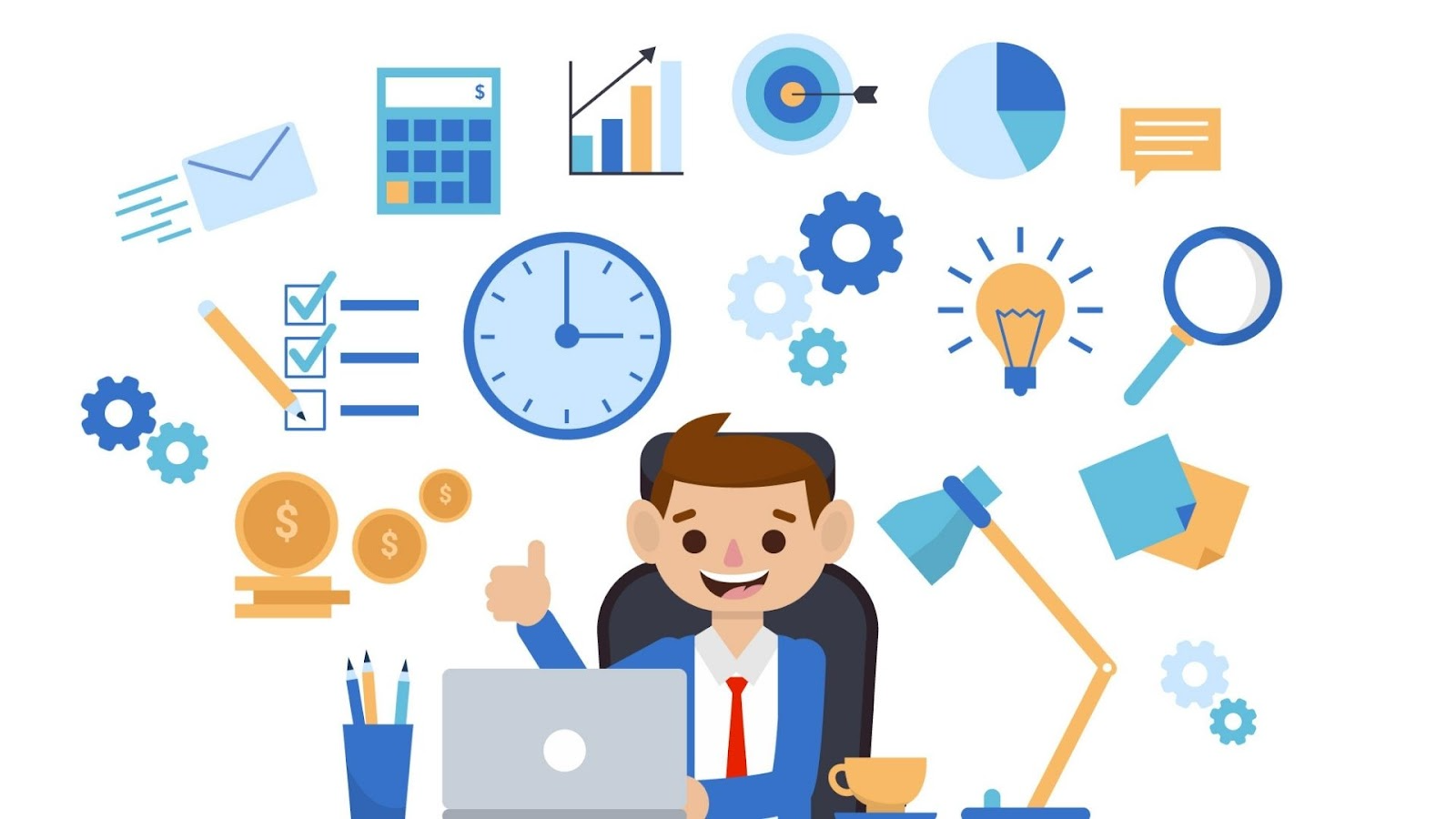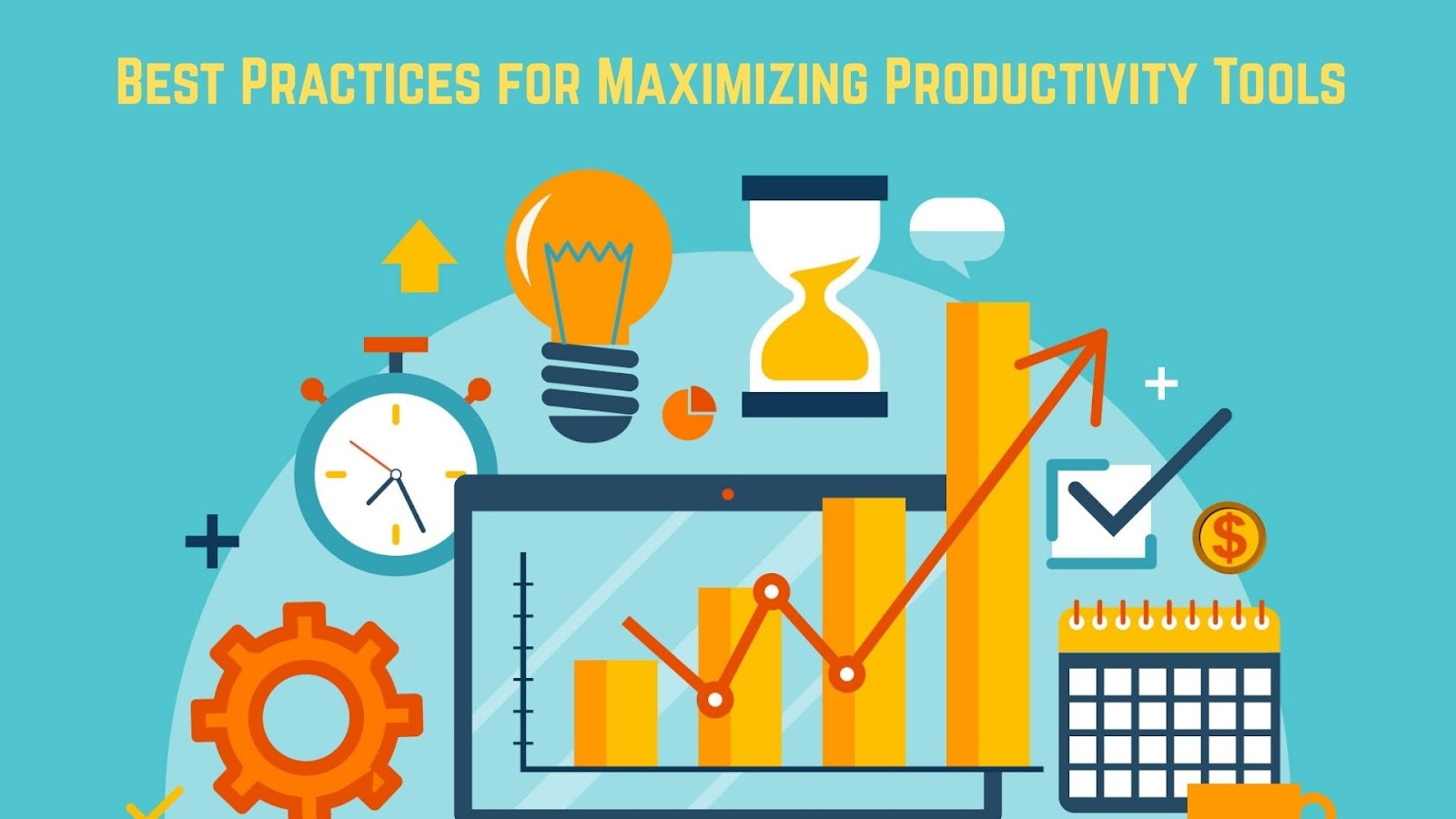What Are Productivity Tools And Why Do They Matter?

Are you looking for ways to get more done in less time without feeling overwhelmed? In today’s fast-paced world, managing tasks, communication, and deadlines can quickly become chaotic. That’s where productivity tools step in. They are designed to streamline work, improve focus, and help individuals and teams achieve goals more efficiently.
In simple terms, productivity tools are digital applications or systems that assist with task management, time organization, collaboration, and workflow optimization. From simple to-do list apps to advanced project management platforms, they give structure to daily operations and ensure work is both effective and manageable.
How Do Productivity Tools Improve Efficiency?
The primary benefit of these tools lies in their ability to save time and reduce unnecessary effort. Instead of juggling emails, sticky notes, and spreadsheets, users can rely on a central platform that organizes everything in one place. This leads to:
-
Faster Task Completion: Clear priorities mean fewer distractions and better focus.
-
Streamlined Collaboration: Teams can share updates, files, and progress in real time.
-
Reduced Errors: Automated reminders and scheduling minimize missed deadlines.
-
Greater Accountability: Progress tracking ensures everyone knows their responsibilities.
By integrating the right tools into daily routines, organizations can significantly cut down on wasted effort and Improve Employee Experience.
What Types of Productivity Tools Are Available?
Different tools serve different purposes, and the choice depends on specific needs. Some common categories include:
-
Task Management Tools- Apps like Todoist or Microsoft To Do help individuals organize daily tasks.
-
Project Management Platforms– Tools such as Trello, Asana, or Monday.com keep teams aligned on deadlines and deliverables.
-
Time Tracking Software- Applications like Clockify or Toggl monitor how much time is spent on each activity.
-
Communication Tools-Slack, Microsoft Teams, or Zoom ensure smooth discussions and virtual meetings.
-
Cloud Storage & Collaboration-Google Drive and Dropbox allow real-time sharing and editing of documents.
By combining the right mix of tools, businesses can build an ecosystem that supports both individual productivity and team efficiency.
Are Productivity Tools Useful for Individuals Too?
While many organizations rely on these tools, individuals benefit just as much. Freelancers, students, and remote employee often juggle multiple responsibilities, and digital tools help them stay organized. For instance, a student may use a calendar app to schedule study sessions, while a freelancer might rely on a time tracker to bill clients accurately.
The flexibility of modern tools means they can be adapted to personal or professional use. Whether it’s managing grocery lists, tracking expenses, or scheduling projects, individuals can use them to bring structure and clarity to daily life.
What Should You Consider When Choosing a Productivity Tool?
Not every tool is the right fit for every user. Before adopting one, consider the following:
-
Ease of Use: Is the interface simple enough for quick adoption?
-
Integration: Can it connect with the apps you already use?
-
Scalability: Will it still meet your needs as your work grows?
-
Cost: Does the pricing justify the value it brings?
-
Features: Does it provide automation, reporting, or customization that adds real benefit?
Evaluating tools with these factors in mind prevents wasted resources and ensures smoother adoption across teams.
Best Practices for Maximizing Productivity Tools
Simply installing a tool won’t guarantee improved efficiency; it needs to be used effectively. Some best practices include:
-
Set Clear Goals: Know what you want the tool to help you achieve.
-
Train Users: Provide onboarding sessions so everyone understands how to use it.
-
Avoid Overloading: Using too many tools at once can cause confusion.
-
Review Regularly: Assess if the tool is still meeting your needs.
-
Encourage Feedback: Let users share challenges or suggestions to improve adoption.
With thoughtful use, productivity tools become powerful assets that enhance both performance and workplace satisfaction.
You can also watch:- EmpMonitor- Best Workforce Productivity & Engagement Software For Your Business
Conclusion and FAQs
Productivity tools play a vital role in modern work environments by helping individuals and organizations organize tasks, collaborate seamlessly, and reduce wasted time. Choosing the right mix of tools and applying them strategically can transform the way work is managed, leading to long-term efficiency and success.
Frequently Asked Questions
1. Do productivity tools replace human effort?
No, they don’t replace effort; they enhance it by eliminating repetitive tasks and reducing inefficiencies.
2. Can small businesses afford them?
Yes, many tools offer free or low-cost plans suitable for startups and small teams.
3. Are these tools only for office work?
Not at all, students, freelancers, and even households use them for better organization.
4. What’s the biggest advantage of using them?
Clarity and focus, everything is organized in one place, reducing confusion and wasted effort.
5. How do I pick the best tool for my team?
Start by identifying your pain points, then choose a tool that directly addresses those needs.
- Art
- Causes
- Crafts
- Dance
- Drinks
- Film
- Fitness
- Food
- الألعاب
- Gardening
- Health
- الرئيسية
- Literature
- Music
- Networking
- أخرى
- Party
- Religion
- Shopping
- Sports
- Theater
- Wellness







